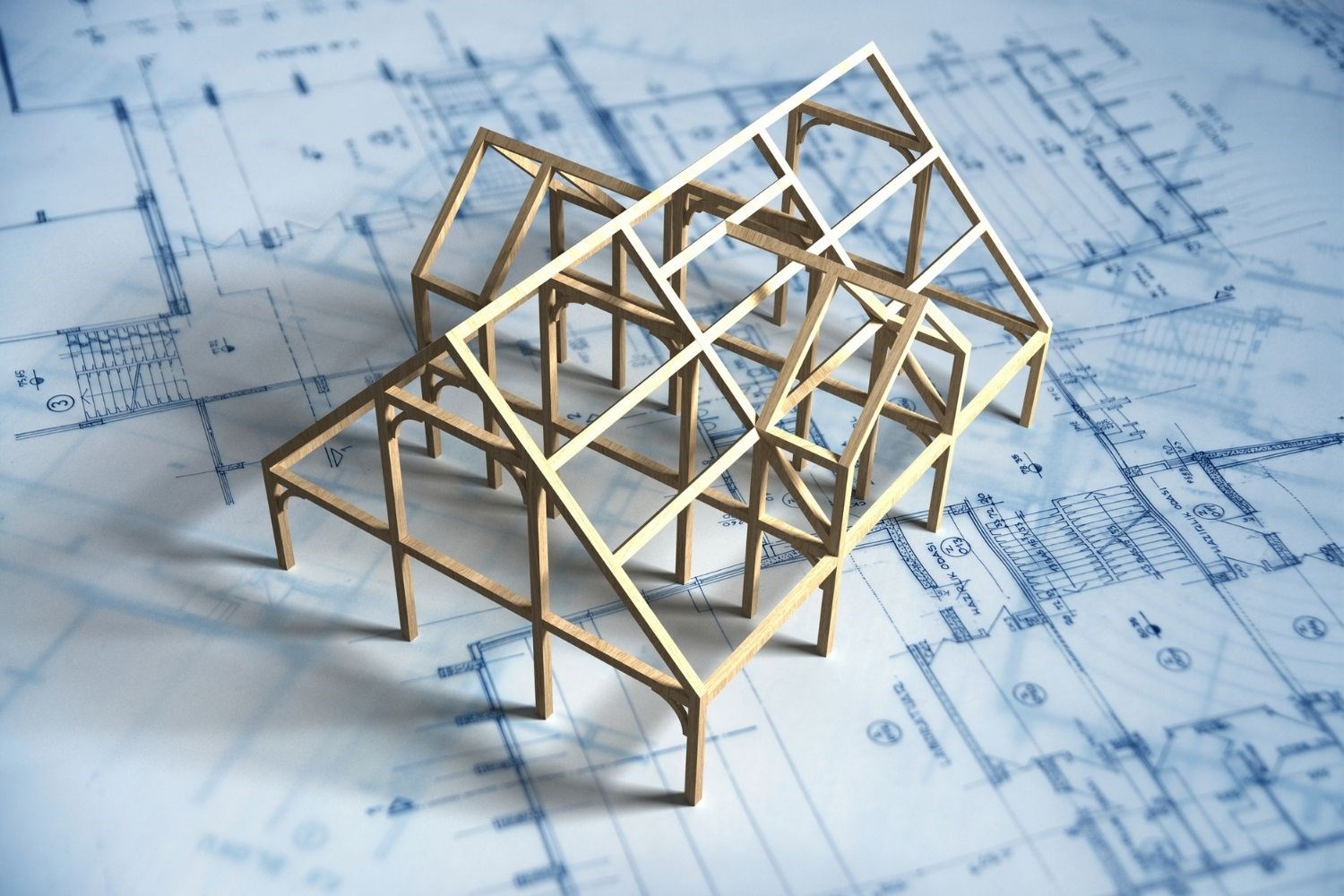How to cut costs when building a home
Build only what you need
It can be tempting to make your new home as grand as possible, but don’t go for a 4-bedroom house when a 3-bedroom house can support you and your family just fine. Since building costs are based on the fixtures and rooms the house will have, you can cut costs by only planning your house around what you’ll need for the next couple of years. With housing prices on the rise, most Aussies are downsizing their spaces, even dropping below the average house size in square metres.
Build in less populated cities
If you’re looking for an affordable lot, your best bet is in Australia's capital. According to the 2020 UDIA ‘State of the Land’ report, Adelaide continues to have the country’s most affordable lots, with a median price of $175k.
In contrast, lots in the country’s more densely-populated cities are going to get you a lot less for a higher cost. Cities like Sydney, Melbourne, and Canberra have the country’s highest median land prices at around $300,000-$500,000 despite having lots that are smaller than ones found in more affordable cities.
That said, if you can’t afford to build on your own land, you can still build a beautiful and affordable home in a townhouse or duplex. It might take a little more work to set up as you won’t have full control over the space, but your overall building costs are probably going to be much cheaper.
If you want to buy outright, head to Darwin which is the Australian city with the cheapest house prices with an average of $398,885. Followed closely by Adelaide at $444,321.
Find a suitable lot to build on
If you end up choosing to build a free-standing home on your own lot, it’s important to pick a lot that’s already fit for construction as lot modifications can cost you a lot of money.
For one, you need to find a lot with the right kind of soil. Level bedrock is ideal because it won’t slide or move with water runoff, but most builders can still work on loamy or sandy soil. Your chosen lot should also have level ground because the custom foundations or extra retaining walls needed for sloping lots can add thousands of dollars to your building costs.
Ideally, the lot should also already be connected to basic utilities like heat, electricity, and water. Otherwise, you’ll be spending a lot of money and time coordinating between builders and utility service providers. Finally, you should make sure that the lot already complies with state and federal building codes as you won’t be allowed to start construction until it does.
Build a prefabricated house
Flatpack home
You can also save up a lot of money by building a flatpack house instead of a custom-built one. Custom house designs may build beautiful houses, but these can cost anywhere between $3000-$5000 per m2. In contrast, a modular, prefabricated house costs much less. Even in densely-populated states like Victoria, volume builders like Metricon have houses with prices as low as $1300 per m2. Flatpack houses with conventional house plans also take a lot less time to build as the basic building blocks are usually manufactured in a factory instead of being built on-site.
Shipping container home
Prefab shipping container homes are a popular kind of flatpack house. Unlike traditional wood or brick homes, these use repurposed steel shipping containers, which work surprisingly well as the basic building blocks of a house. With a little bit of work, these shipping containers can build some of the most beautiful houses you’ll ever see.
These houses are often also more cost-effective than traditional housing. While the national average cost to build a house is around a thousand dollars for every m2, you can get twice as much space for the same price with shipping containers. Plus, with some help from a good team of architects, engineers, and builders, you can even build a 100 m2 house for as low a cost as $USD 75,000 (or $AUD 110,000).
Shipping containers also make for easily relocatable homes as assembly and disassembly are pretty simple compared to traditional construction techniques.
With all that said, prefabricated houses aren’t the be-all and end-all of affordable houses. Not all prefabricated house designs can fit all households, and some cities and suburbs don’t even allow the building of these kinds of houses. Unfortunately, with cases like these, you might have to spend a little more money and time building a custom-built house.
You may also like




